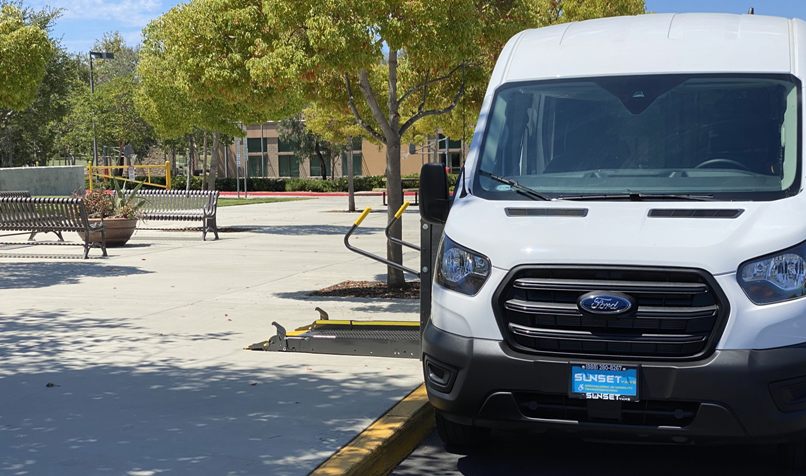
Starting a Non-Emergency Medical Transportation Business
As the intersection between transportation and healthcare services, non-emergency medical transportation (NEMT) is an industry with continual demand primed for entrepreneurs. NEMT as a business is versatile in its applications, as there are hundreds of senior communities, hospitals, hotels, and ride-hailing companies in need of accessible transportation. Here are some steps to consider if you’re looking to venture into the NEMT business.
Step 1: State Regulations
Regulations for NEMT businesses vary by state. It’s important to know what the requirements are for things like vehicle safety standards and other operations. Contact your local Department of Health and Human Services to find out more about necessary business compliances.
Step 2: Demographics
Know your demographics through comprehensive market research. Every detail of where your business will operate is key to your success. Find out where populations of senior residents live. Put together a list of all hospitals, clinics,dialysis treatment centers, senior communities, adult day care centers, and group homes in the area. You may want to reach out to these facilities and survey their transportation needsto determine what services you intend to offer.
Step 3: Establishing a Business Plan
NEMT businesses have limitless growth potential with the right business plan. Establishing your business plan and legal structure is crucial to securing the necessary funding to start your business. You’ll be setting your hours, training your staff, acquiring contracts, building your fleet, itemizing your services, and determining your tax structure. Once you have an idea of your company’s structure, you’ll know whether you need to raise or borrow capital to fund your business. A strong business plan is important to attract potential investors.
Step 4: NEMT Vehicles
NEMT start-ups typically only have a handful of vehicles in the beginning. As the business grows, you’ll look to accessibility van manufacturers to find the right vehicles at the best prices for your growing fleet. Standard considerations would be fuel economy, cargo capacity, and overall carbon footprints—certain states give tax incentives for these considerations. As far as accessibility conversions go, your vehicles should have multiple entry options, raised roofs, lowered floors, ramps, manual or hydraulic lifts, securements for wheelchairs, and flexible floor plans for wheelchairs and/or gurneys. Some vehicles may require specialized license certifications to operate, which would necessitate further employee training.
Step 5: Insurance
Accidents can and do happen. It’s important to have a general liability policy, an auto policy, and a Worker’s Compensation policyto protect yourclients, employees, and vehicles. Your policies need to cover liability in the event that passengers sustain any injuries in your vehicles, or if there is any damage done to your vehicles in other traffic accidents. Employees will also need to have Worker’s Compensation policy in place should an on-the-job accident occurrs.
Step 6: Pricing and Service Schedules
It’s important to develop a clear list of services you will offer for client reference. The contracts you form with various facilities, the itemized services you offer, and your vehicle maintenance costswill determine your pricing. You will need to consider the frequency and manner of which you will be paid by your clients, whether that’s on an hourly, weekly, or monthly basis. State-contracted organizations and programs such as Medicaid, for instance, require you to bill them for reimbursement checks. On average, NEMT companies usually charge between $20 and $60 per hour. These rates are affected by previously mentioned factors such as location, number of seniors/passengers, fuel costs, etc.
Step 7: Business Name and License
You’ll want to decide on an uncomplicated name for your company so that it’s easy for people to search for you. Once you’ve created a name, established a plan, secured your funding, and gathered your necessary equipment,you’re ready to apply for your business license.
Step 8: Marketing
Depending on your budget, you will want to explore multiple avenues of advertisement, whether that’s through traditional print or digital media. With the former, you can start with business cards, flyers, and brochures. The latter includes setting up a website, creating social media accounts, buying digital ad space, and sending email blasts. Modern digital marketing heavily features campaigns and tracking metrics for Search Engine Optimization, which makes your company more visible on the Internet.
As an NEMT business owner, you’ll have the freedom to form partnerships within a wide variety of industries and businesses. Your fleet can be utilized in any business that requires the shuttling of people. Keep the above steps in mind on your track to success.
